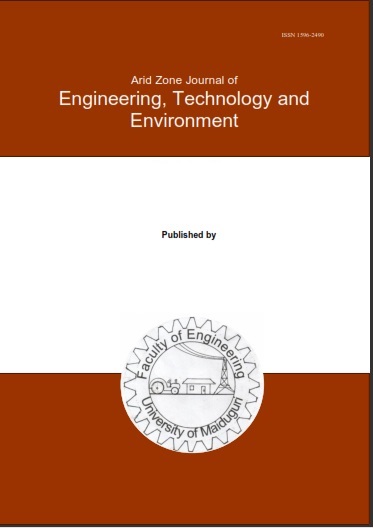Abstract
The electromagnetic environment is becoming more complex, and radar technology is always evolving, as such, a sizable number of contemporary radars with agile waveforms have appeared on the battlefield. Relying solely on traditional recognition models to identify radar signals in electronic warfare systems is a significant challenge. In response to the this problem, this paper proposed an analysis of normal radar signal based on different time-frequency distribution (TFDs) configurations which include Wigner-Ville Distribution (WVD), Windowed Wille-Ville Distribution (WWVD), Filtered Wigner-Ville Distribution (FWVD), Choi Williams Distribution (CWD), and hybrid distributions that combined FWVD and CWD.A two-stage process in other to achieve the aim of this research is presented. The first stage is the modelling and generating a normal (simple) radar signal of pulse-to-pulse constant frequency, while the second stage involved designed of these TFDs and using them to analyse the radar signals. The result showed that most of the TFDs captured the time and frequency parameters of the radar signals modelled around of pulse width (PW) of 1µs, pulse repetition interval (PRI) of 2 µs, center and sampling frequencies of 10 MHz and 40 MHz respectively. Therefore, these TFDs can further be analysed using signal processing and classification tools such as instantaneous power, instantaneous frequency, and machine learning for automatic waveform recognition.
Copyright of the paper named above is hereby assigned and transferred to the Arid Zone Journal of Engineering, Technology and Environment published by University of Maiduguri, Nigeria.

